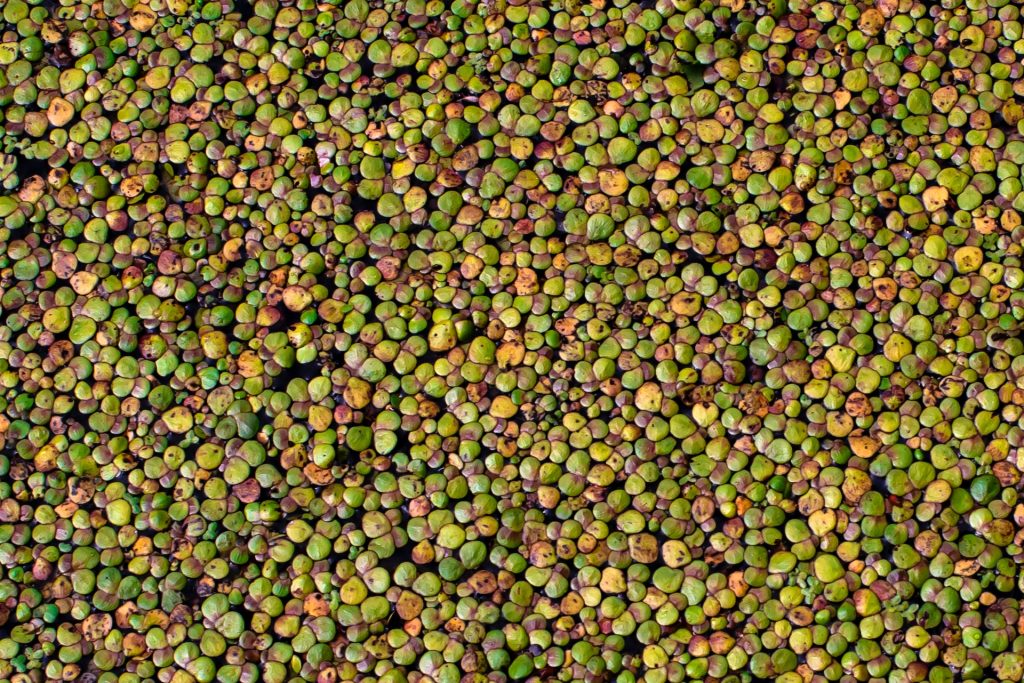
What Is Duckweed?
Duckweed, scientifically known as Lemnoideae, is a small, fast-growing, and versatile aquatic plant that floats on the surface of still or slow-moving water bodies. Often overlooked and underestimated, duckweed plays a vital role in the ecosystem and holds significant potential for various applications, ranging from wastewater treatment to animal feed production. We will explore the fascinating world of duckweed and its many beneficial aspects.
Growth & Characteristics
Duckweed, belonging to the Araceae family, is distinguished by its minute size and rapid multiplication. Species like Lemna minor are notable for their small fronds, which are just a few millimeters in length. This plant thrives in environments with still or slow-moving water and can quickly form dense, green mats on the water surface, altering the aquatic landscape. The growth of duckweed is influenced by various factors, including water temperature, light availability, and nutrient concentration. In ideal conditions, duckweed can double its mass in just 16 to 48 hours, making it one of the fastest-growing plants.
The adaptability of duckweed is another remarkable feature. It can survive in a range of water conditions, from nutrient-rich ponds to polluted waters. This adaptability makes it not only a survivor in diverse habitats but also a potential indicator species for environmental monitoring. Its presence and health can reflect the overall quality of the water body in which it resides.
Wastewater Treatment
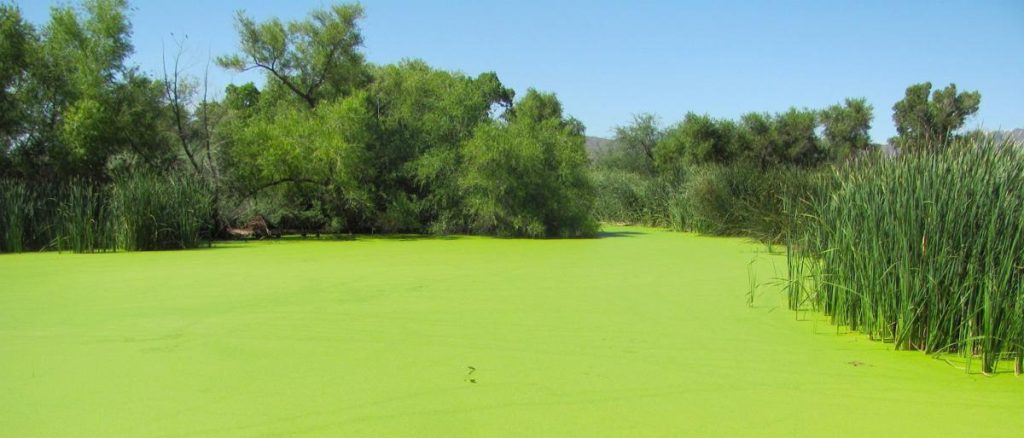
Duckweed’s role in wastewater treatment is a prime example of nature’s ingenuity in addressing environmental challenges. The plant’s capability to absorb excess nutrients, particularly nitrogen and phosphorus, from water bodies, is significant in combating eutrophication – a process where water bodies become overly enriched with minerals and nutrients, leading to excessive growth of algae and deterioration of water quality. By utilizing duckweed in wastewater treatment, we can achieve a more natural and sustainable method of purifying water, reducing the need for chemical treatments.
However, the management of duckweed in these settings is crucial. If left unchecked, it can cover entire surfaces of ponds or lakes, hindering sunlight penetration and oxygen exchange, which can adversely affect aquatic life. This can be very problematic in lagoon wastewater treatment systems. Therefore, while leveraging its purification properties, it’s essential to maintain a balance to prevent it from becoming an ecological nuisance.
Nutritional Value
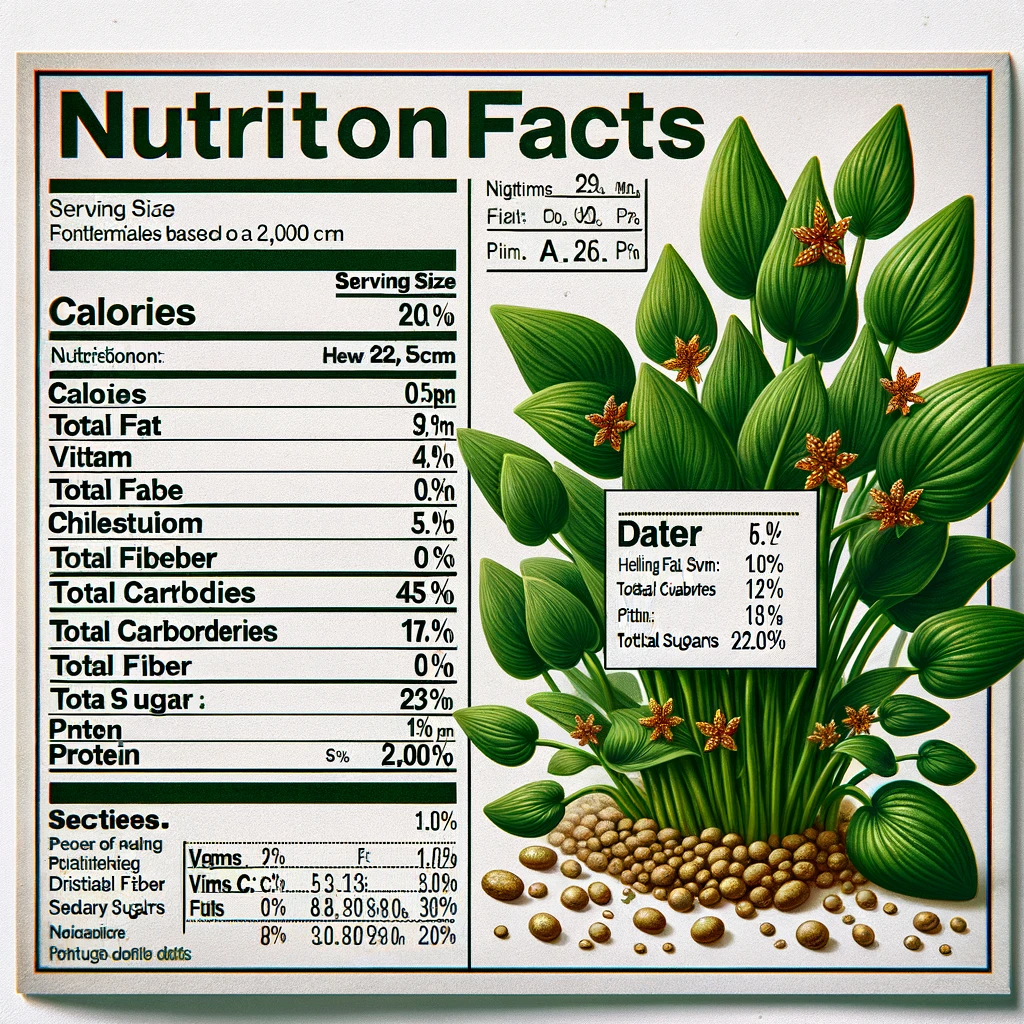
Duckweed’s nutritional profile is impressively rich. It contains high levels of protein – often comparable to soybeans – making it an excellent plant-based protein source. Its protein content can vary from 15% to 45% of its dry weight, depending on the species and growing conditions. Besides protein, duckweed is a good source of essential amino acids, vitamins (such as vitamin A, B12, and C), and minerals like calcium and iron. This composition makes it not only a viable food supplement for humans but also a candidate for combating nutritional deficiencies in areas where access to diverse food sources is limited.
In recent years, there has been an increasing interest in incorporating duckweed into human diets, particularly in the form of protein powders or as a supplement in various dishes. Its mild flavor and versatility make it an easy addition to many recipes, potentially opening new avenues in the field of plant-based nutrition.
Livestock Feed
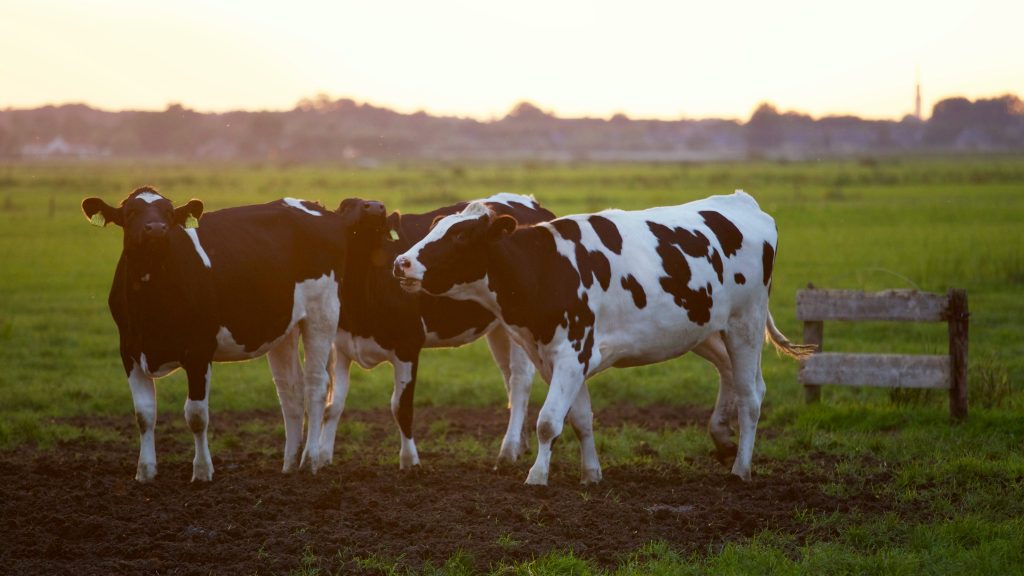
In the realm of animal husbandry, duckweed emerges as a sustainable and efficient feed alternative. Its high protein content and rapid growth rate allow for a steady supply of feed, which is particularly beneficial for small-scale or organic farms. When used as a supplement to traditional feeds, duckweed can significantly enhance the nutritional value of animal diets. It is especially useful in aquaculture, where it can be used to feed fish directly, thus reducing the need for manufactured fish feed, which is often more expensive and less sustainable.
Moreover, the use of duckweed in animal feed can contribute to a reduction in the environmental impact of livestock farming. By relying on a rapidly renewable feed source, the dependency on crops like soybean and corn, which require large land areas and significant resources to grow, can be minimized. This shift not only aids in conserving natural resources but also in reducing the carbon footprint associated with traditional animal feed production.
Bioenergy and Biofuel

Duckweed’s potential in bioenergy and biofuel production is a burgeoning area of interest. Some species of duckweed have a high starch content, which is a key ingredient in the production of bioethanol. The conversion of duckweed into bioethanol or biogas through processes like anaerobic digestion or fermentation presents an opportunity to harness a sustainable energy source. This process not only provides a renewable form of energy but also offers a method for managing excessive growth of duckweed in natural water bodies.
The cultivation of duckweed for bioenergy purposes can be integrated into existing agricultural or wastewater treatment systems, creating a closed-loop system that benefits both energy production and environmental health. This approach aligns with the principles of circular economy, where waste is minimized, and resources are continuously reused.
Biodiversity and Ecosystem Health
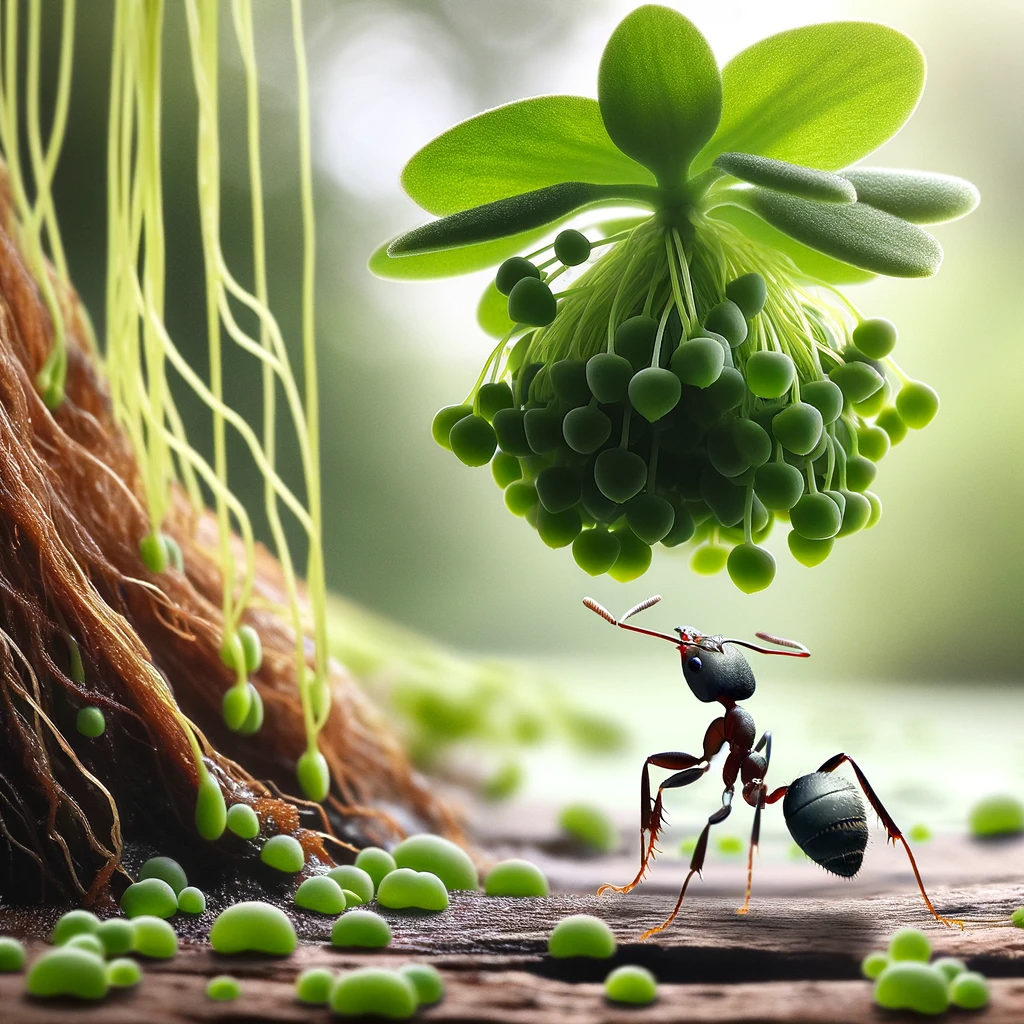
Duckweed plays a crucial role in the biodiversity and health of aquatic ecosystems, serving as a primary producer and forming the base of many aquatic food webs. Its dense mats offer habitat and sustenance for a diverse range of organisms, including microorganisms, insects, and small fish, enhancing the overall biodiversity and resilience of these ecosystems. The plant’s ability to cover extensive water surfaces moderates temperatures and provides shelter, reducing sunlight penetration and thereby controlling algae growth, which is essential for maintaining water quality. Additionally, duckweed’s growth patterns serve as bioindicators, with its abundance or scarcity reflecting changes in nutrient levels in the water, thereby signaling the overall health of the ecosystem.
Beyond its ecological roles, duckweed is instrumental in nutrient cycling within aquatic environments. It efficiently absorbs excess nutrients like nitrogen and phosphorus, often introduced through agricultural runoff and urban waste, thus mitigating the effects of eutrophication. The lifecycle of duckweed, marked by rapid growth and decay, adds organic matter to the water, supporting decomposers that release nutrients back into the ecosystem and maintain ecological balance. Furthermore, duckweed mats provide critical breeding grounds and safe havens for a variety of aquatic animals, including amphibians and fish, aiding in the preservation of species populations and genetic diversity. This underlines the importance of protecting and understanding duckweed populations for the conservation and management of aquatic environments.
Conclusion
Duckweed, with its remarkable ability to grow rapidly, purify water, and offer valuable nutrients, proves to be a resilient and beneficial aquatic plant. From wastewater treatment and human nutrition to animal feed and bioenergy production, its potential applications continue to be explored. As we strive for more sustainable and eco-friendly solutions, duckweed’s role in various fields becomes increasingly relevant, emphasizing the importance of understanding and preserving this unassuming yet valuable plant species.